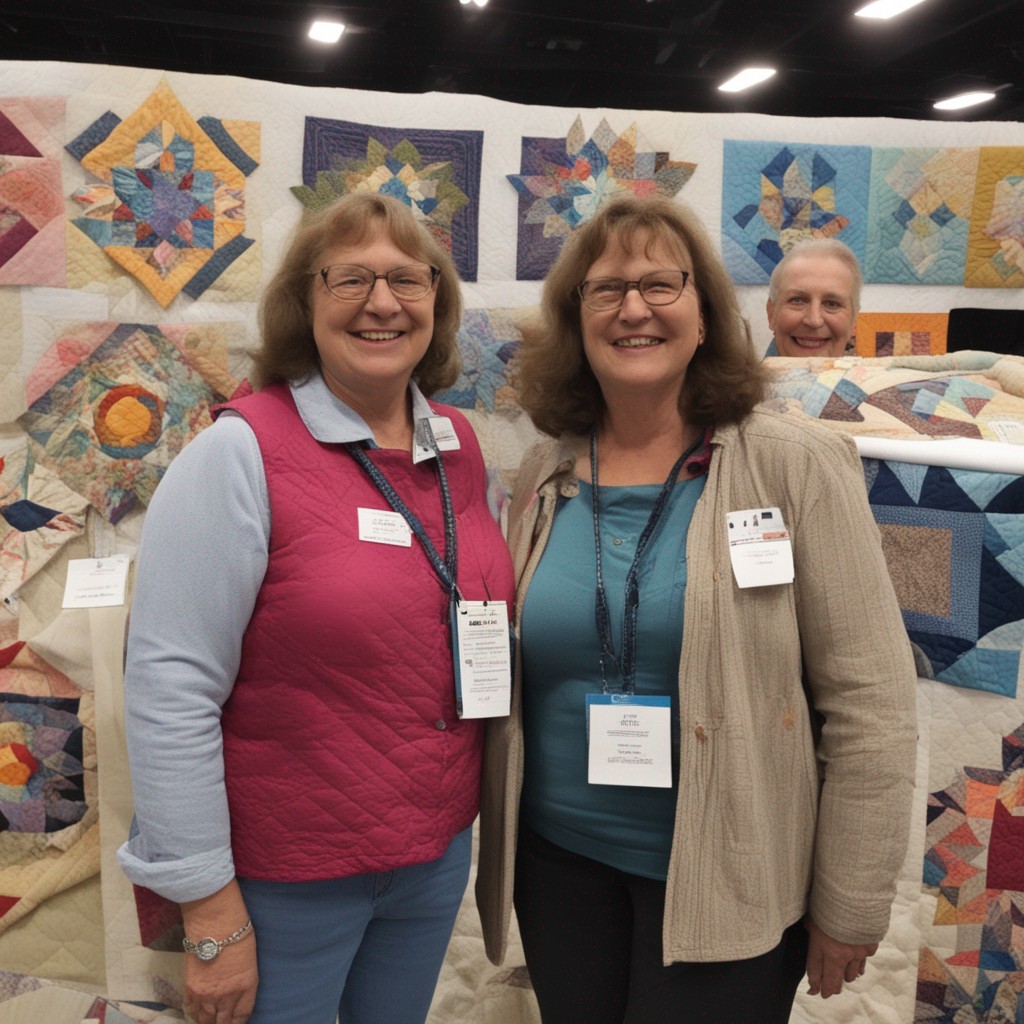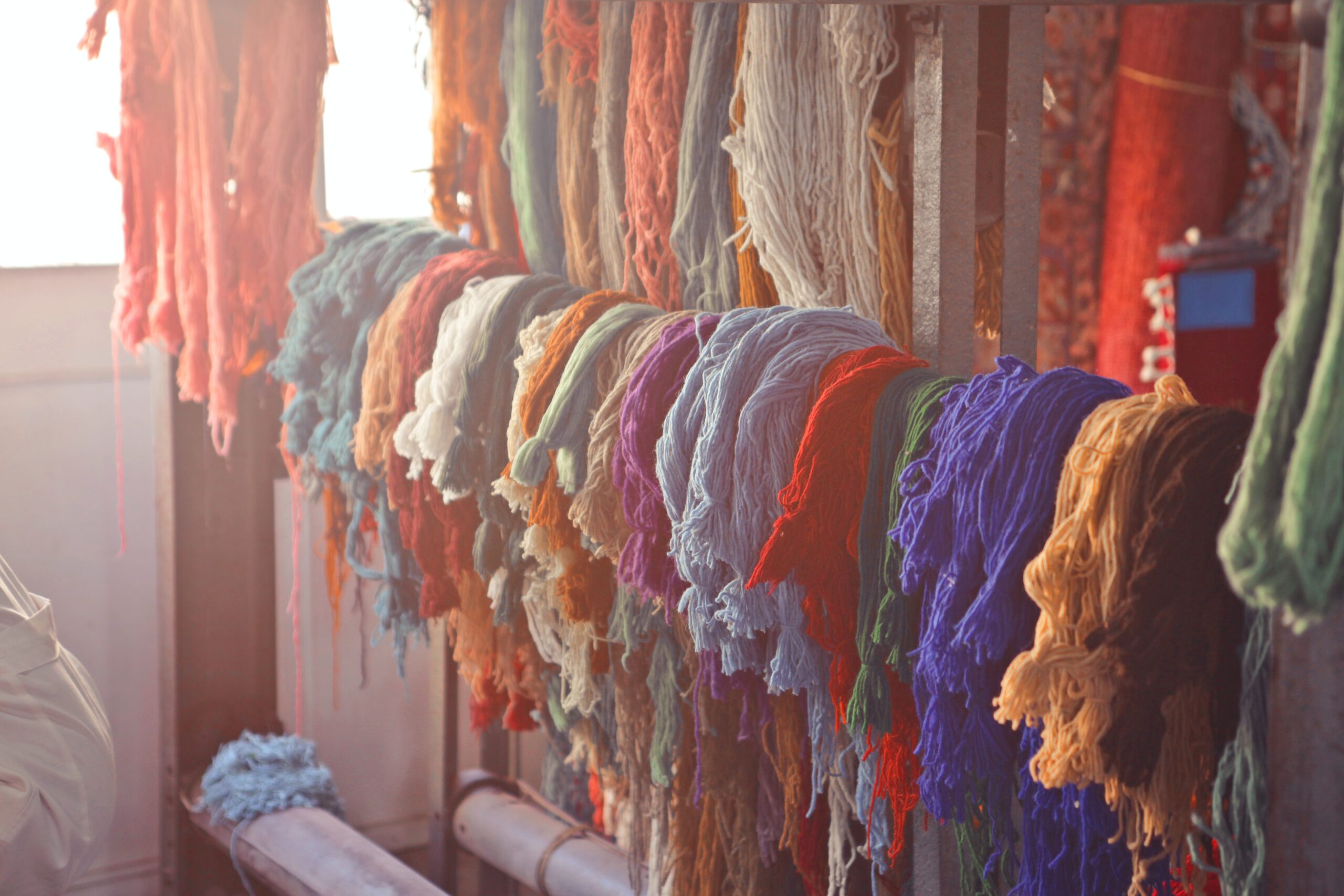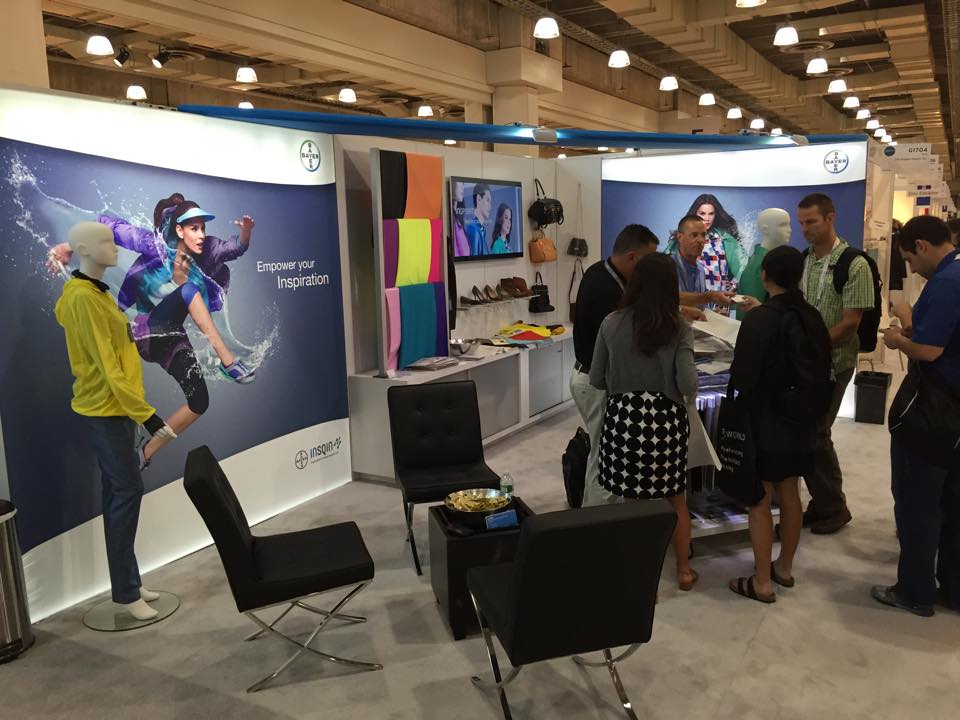Textile fabric events have undergone a remarkable transformation over the years. It has gone from being a mundane affair to a spectacular exhibition of creativity and innovation. In this blog post, we will discuss the evolution of textile fabric events and what the future holds for this industry.
The history of textile fabric dates back to the prehistoric era when humans used animal fur and plant fibers to create clothing. In the 14th and 15th centuries, textile production became a significant industry in Europe, and trade routes were established to import fabrics from Asia. The Industrial Revolution was a turning point for the textile industry, as it led to the mechanization of textile production and the use of steam power.
Textile fabric events were initially held as trade fairs for textile and garment manufacturers to display their products to potential buyers. These events were usually low-key affairs that catered to the needs of the industry. However, as the textile industry evolved, so did the events that showcased it. In the mid-20th century, textile exhibitions became more exciting and creative as designers started to use innovative techniques and materials to create unique fabrics.
The 1960s saw the birth of textile art exhibitions, which featured fabrics as works of art rather than just mere commodities. The first exhibition dedicated to textile art was held in New York in 1969, and it showcased the works of artists who used fabrics as their primary medium. The exhibition was a massive success, and it paved the way for other exhibitions that showcased textile art.
The 1970s and 80s were significant for the textile industry, as designers began to experiment with different materials and production techniques. This period saw the emergence of high-tech fabrics that were used in various industries, including aerospace and sports. It also saw the rise of designer fabrics that were used in high-end fashion and home furnishings. The textile industry became more accessible to designers, artists, and crafters, and this led to the creation of vibrant, innovative textile fabric events.
The 1990s saw a shift towards sustainable and eco-friendly fabrics. Designers began to focus on using natural materials and recycling fabrics to make new products. This period also saw the emergence of textile design schools that taught students how to use sustainable materials and practices. Textile fabric events shifted their focus towards promoting sustainable fabrics and eco-friendly production techniques.
The 2000s saw a significant shift in textile fabric events, as technology became increasingly integrated into the industry. Digital printing became more accessible, and designers began to use computer-aided design (CAD) software to create their fabrics. The internet made it easier to connect with customers, and online platforms such as Etsy and Spoonflower provided opportunities for independent designers to showcase their work.
The evolution of textile fabric events has been remarkable, and the future promises to be even more exciting. The textile industry is constantly evolving, and new materials and production techniques are being developed all the time. In the future, we can expect textile events to become more immersive and interactive, with technology playing a more significant role in the industry.
We can expect virtual and augmented reality to become increasingly prevalent in textile fabric events. Virtual textile exhibitions will allow designers to showcase their work to a global audience without the expense of physical exhibitions. Augmented reality will allow customers to see how fabrics will look in their homes before purchasing them.
The future of textile fabric events also promises to be more inclusive and diverse. Historically, the textile industry has been dominated by a few big players, but the democratization of technology has allowed independent designers and small businesses to thrive. We can expect textile events to showcase a more diverse range of designers and fabrics from around the world.
In conclusion, the evolution of textile fabric events has been remarkable, and the future promises to be even more exciting. From the humble trade fairs of the past to the vibrant and creative events of today, textile fabric events have become a showcase for innovation, creativity, and sustainability. As the industry continues to evolve, we can expect textile events to become more immersive, interactive, and inclusive than ever before. The future of textile fabric events looks bright, and we cannot wait to see what designers and makers will create next
We welcome any suggestions or questions. You can email us or contact us using the contact page.
You can also connect with us on the following social networks:









0 Comments